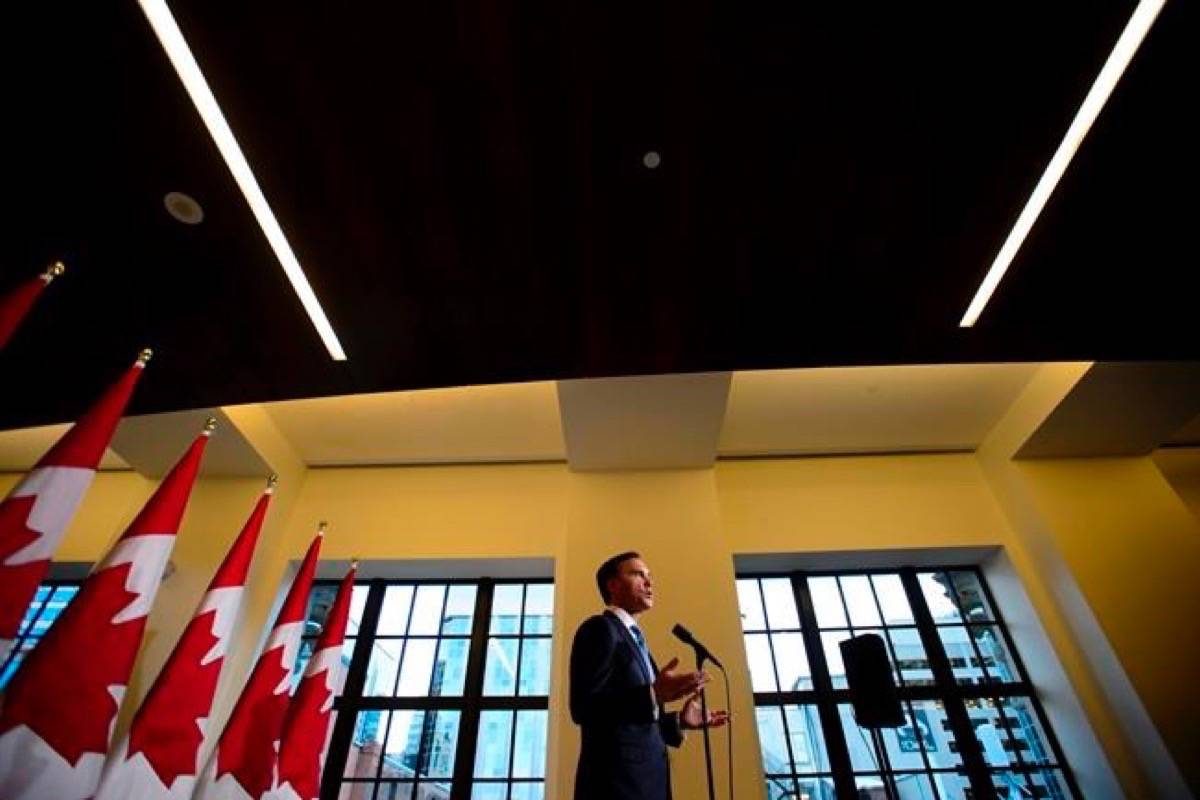The federal Liberals have come up with a $16-billion answer to Canada’s competitiveness concerns.
Ottawa’s long-awaited plan to help Canada compete with the United States for investment dollars is the centrepiece of its latest fall economic statement, which forecasts slightly deeper annual deficits over the coming years.
Finance Minister Bill Morneau had faced pressure to lower the corporate tax rate in response to major tax and regulatory reforms in the U.S.
But in Wednesday’s economic update Morneau chose to use billions worth of extra federal fiscal space to offer tax incentives for businesses who invest in Canada.
Morneau said the government is benefiting from “a very good situation – but we know that we have to consider investments in the future…. That’s why we listened to and heard the anxieties of the business sector.”
By far, the biggest-ticket items among the proposed tax measures are changes that would enable businesses to immediately write off the full cost of some types of machinery and equipment, and allow companies of all sizes and in all sectors to expense a larger share of newly acquired assets.
READ MORE: Federal fall update expected to offer more support for struggling news outlets
The new write-offs alone are expected to cost the federal treasury about $14 billion over the next half-decade.
As part of its competitiveness plan, the government also proposes about $1.1 billion over the coming years towards efforts to open new market access for Canadian exporters. It is also looking to add another $800 million over five years to its strategic innovation fund, which supports “innovative” investments in all sectors.
A stronger economy has given the government about $22 billion in extra fiscal room over the coming years, compared to what federal forecasters projected in last February’s budget. But the new initiatives will also contribute to slightly larger-than-expected annual shortfalls, beginning next year.
The government is now projecting deficits of $18.1 billion in 2018-19, $19.6 billion in 2019-20 and $18.1 billion in 2020-21. After 2020-21, the annual shortfalls are expected to shrink each year to $11.4 billion in 2023-24.
The fiscal update contains no timetable to eliminate the Liberals’ deficits. The government has drawn criticism from the Opposition Conservatives and some economists for failing to provide a timeline back to balance, especially with the economy running close to full strength.
Following the 2015 election, the Liberal government abandoned pledges to run annual deficits of no more than $10 billion and to balance the books by 2019. Instead, it has focused on reducing the net debt-to-GDP ratio – also known as the debt burden – each year.
The debt-to-GDP ratio is now projected to gradually fall from 30.9 per cent in 2018-19 to 28.5 per cent in 2023-24.
Morneau’s fall economic statement also proposes additional support for the country’s struggling journalism industry by enabling non-profit news organizations to receive donations and through the creation new tax credits – all of which are part of a plan expected to reduce government revenues by $600 million over five years.
The government plan also proposes $240 million towards sustaining Canada’s wild fish stocks, with a focus on Pacific salmon.
The Canadian Press



